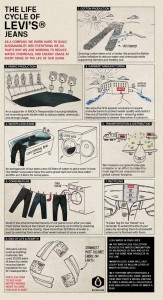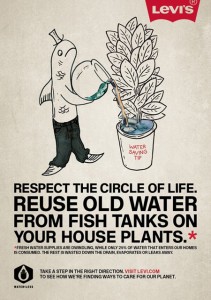With the Malaysia Airlines incident approaching closure, I would like to discuss this issue with reference to Sheila Shayon‘s blog post Malaysia Airlines Grapples With MH370 Crisis Management. In this post, Shayon commented on Malaysia Airlines’ crisis management, quoting both positive and negative reflections from various sources.
As described on the post, one of the primary actions Malaysia Airlines took was the creation of a microsite that provides the most up-to-date information of searches in both English and Chinese (since majority of the passengers of flight MH370 is Chinese), along with messages such as public statements and toll-free contact numbers. Such treatment was appropriate because it helps sooth anxiety and somewhat promotes positive brand image (given that the company’s reputation are greatly impacted by this incident).
Other actions taken by Malaysia Airlines include the establishment of a Family Support Centre and monetary support. Moreover, it removed all promotional materials from social medias including Facebook and Twitter, focusing on providing the public with first hand news regarding the incident. Given the severity of this crisis, the airline was doing everything it could to respond. And given what they did so far, I think the airline demonstrated its professionalism and treated this incident with great importance.
Nevertheless, criticism is unavoidable, as stated on the Global Times “The Malaysian side cannot shirk its responsibilities. The initial response from Malaysia was not swift enough. There are loopholes in the work of Malaysia Airlines and security authorities. If it is due to a deadly mechanical breakdown or pilot error, then Malaysia Airlines should take the blame. If this is a terrorist attack, then the security check at the Kuala Lumpur airport and on the flight is questionable.”
Regardless of how well/poor Malaysia Airlines managed this crisis, their corporate image were greatly damaged. In the coming years, it will have to put in extra effort on brand marketing.


